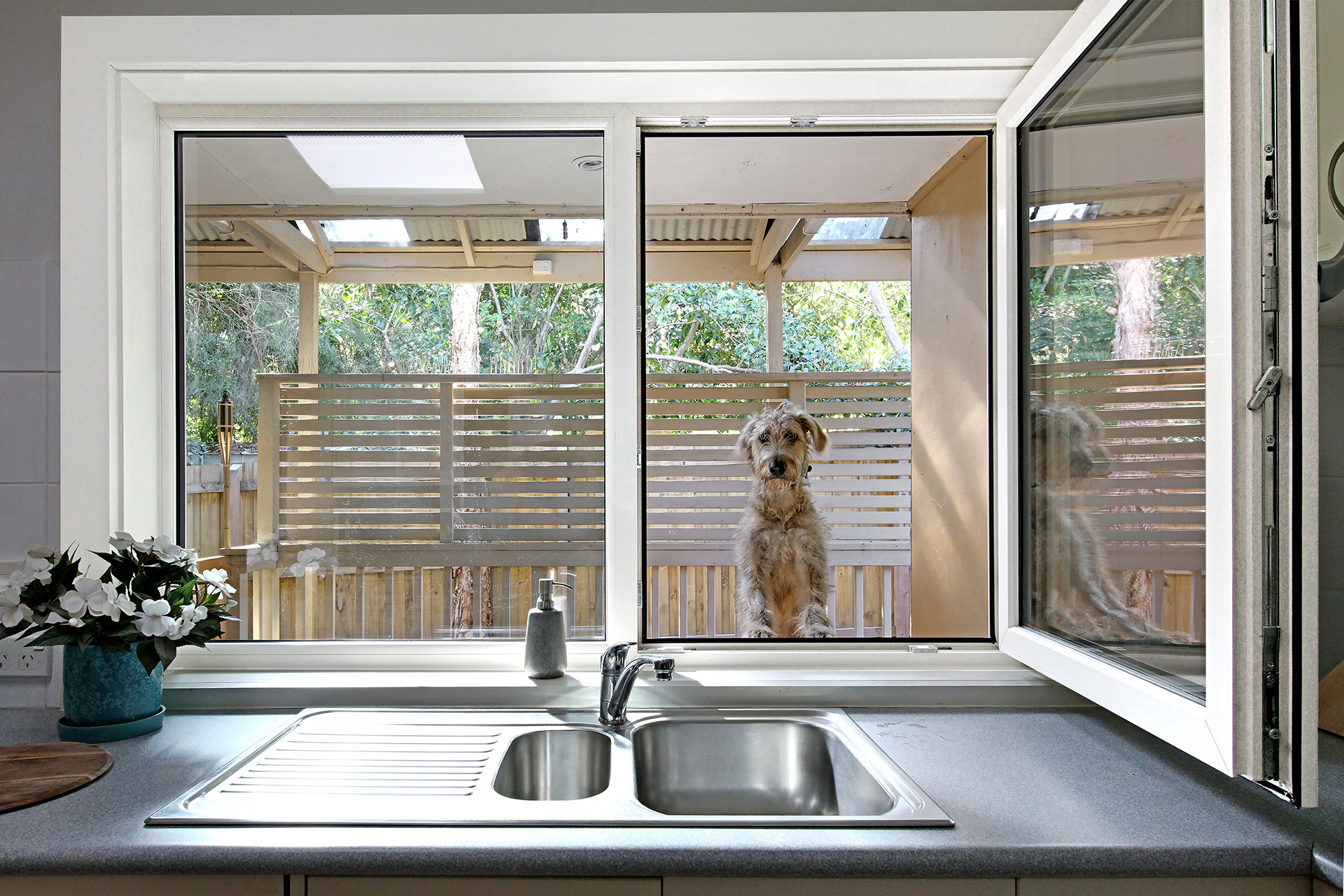All Categories
Featured
Table of Contents
Glass & Glazing - Easy Windows Upvc Double & Triple ... in Karawara Perth
Glazing simply suggests the windows in your house, consisting of both openable and fixed windows, along with doors with glass and skylights. Glazing actually simply indicates the glass part, but it is normally utilized to describe all elements of an assembly consisting of glass, movies, frames and furnishings. Focusing on all of these aspects will help you to achieve effective passive style.

Energy-efficient glazing makes your home more comfortable and drastically reduces your energy costs. Inappropriate or improperly created glazing can be a major source of undesirable heat gain in summer season and significant heat loss and condensation in winter. As much as 87% of a house's heating energy can be gained and up to 40% lost through windows.
Why Double Glazing Keeps Your Home Cooler In Summer? in Dalkeith WA
Glazing is a substantial financial investment in the quality of your house. An initial investment in energy-efficient windows, skylights and doors can considerably reduce your annual heating and cooling costs.

This tool compares window selections to a base level aluminium window with 3mm clear glass. Understanding some of the key homes of glass will assist you to choose the best glazing for your house. Key properties of glass Source: Adjusted from the Australian Window Association The quantity of light that travels through the glazing is referred to as visible light transmittance (VLT) or noticeable transmittance (VT).
Which Double Glazed Windows Are Best For Summer? in Duncraig WA
This may lead you to turn on lights, which will result in higher energy costs. Conduction is how readily a material performs heat. This is referred to as the U value. The U worth for windows (expressed as Uw), describes the conduction of the entire window (glass and frame together). The lower the U worth, the higher a window's resistance to heat circulation and the much better its insulating value.
If your home has 70m2 of glazing with aluminium frames and clear glass with a U worth of 6. 2W/m2 C, on a winter season's night when it is 15C cooler outside compared with indoors, the heat loss through the windows would be: 6. 2 15 70 = 6510W That is equivalent to the overall heat output of a big space gas heating system or a 6.
Single Glazed Vs Double Glazed Windows - Ultimate Guide in Ridgewood WA

If you select a window with half the U worth (3. 1W/m2 C) (for instance, double glazing with an argon-filled gap and less-conductive frames), you can halve the heat loss: 3. 1 15 70 = 3255W The solar heat gain coefficient (SHGC) for windows (revealed as SHGCw) determines how readily heat from direct sunshine flows through an entire window (glass and frame together).
The lower a window's SHGC, the less solar heat it transmits to the house interior. Glazing producers declare an SHGC for each window type and design. The actual SHGC for windows is affected by the angle that solar radiation strikes the glass. This is called the angle of occurrence.
Double Glazed Windows Sydney in Dianella Western Australia
When the sun is perpendicular (at 90) to the glass, it has an angle of occurrence of 0 and the window will experience the optimum possible solar heat gain. The SHGC declared by glazing producers is constantly calculated as having a 0 angle of incidence. As the angle increases, more solar radiation is reflected, and less is transferred.
Table of Contents
Latest Posts
Blown Double Glazing & What To Do About It in Mundijong Western Australia
What Are The Advantages Of Double Glazed Windows? in Queens Park WA
Double Glazing Versus Secondary Glazing in Marmion Western Australia
More
Latest Posts
Blown Double Glazing & What To Do About It in Mundijong Western Australia
What Are The Advantages Of Double Glazed Windows? in Queens Park WA
Double Glazing Versus Secondary Glazing in Marmion Western Australia